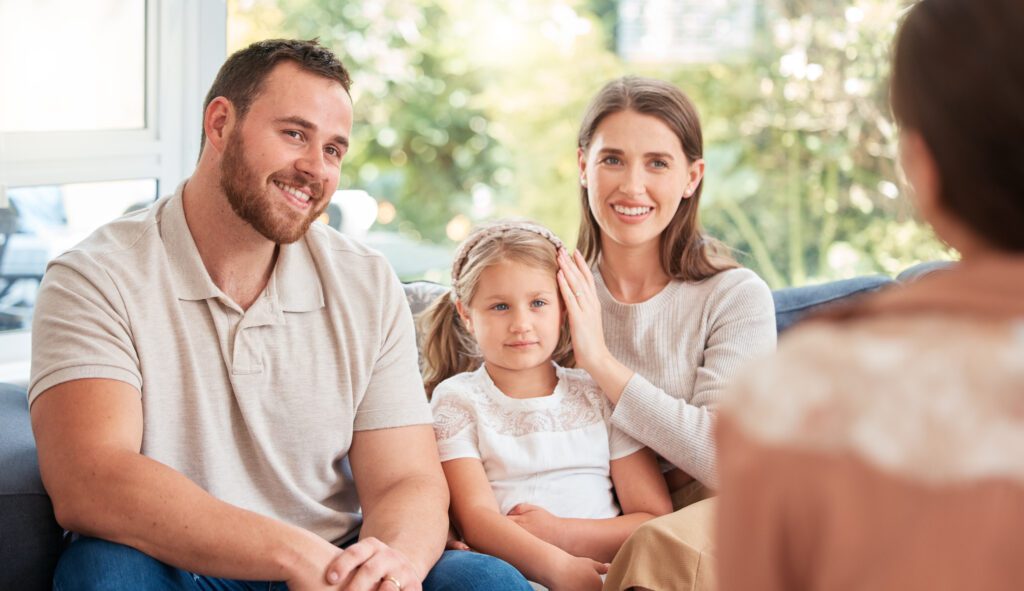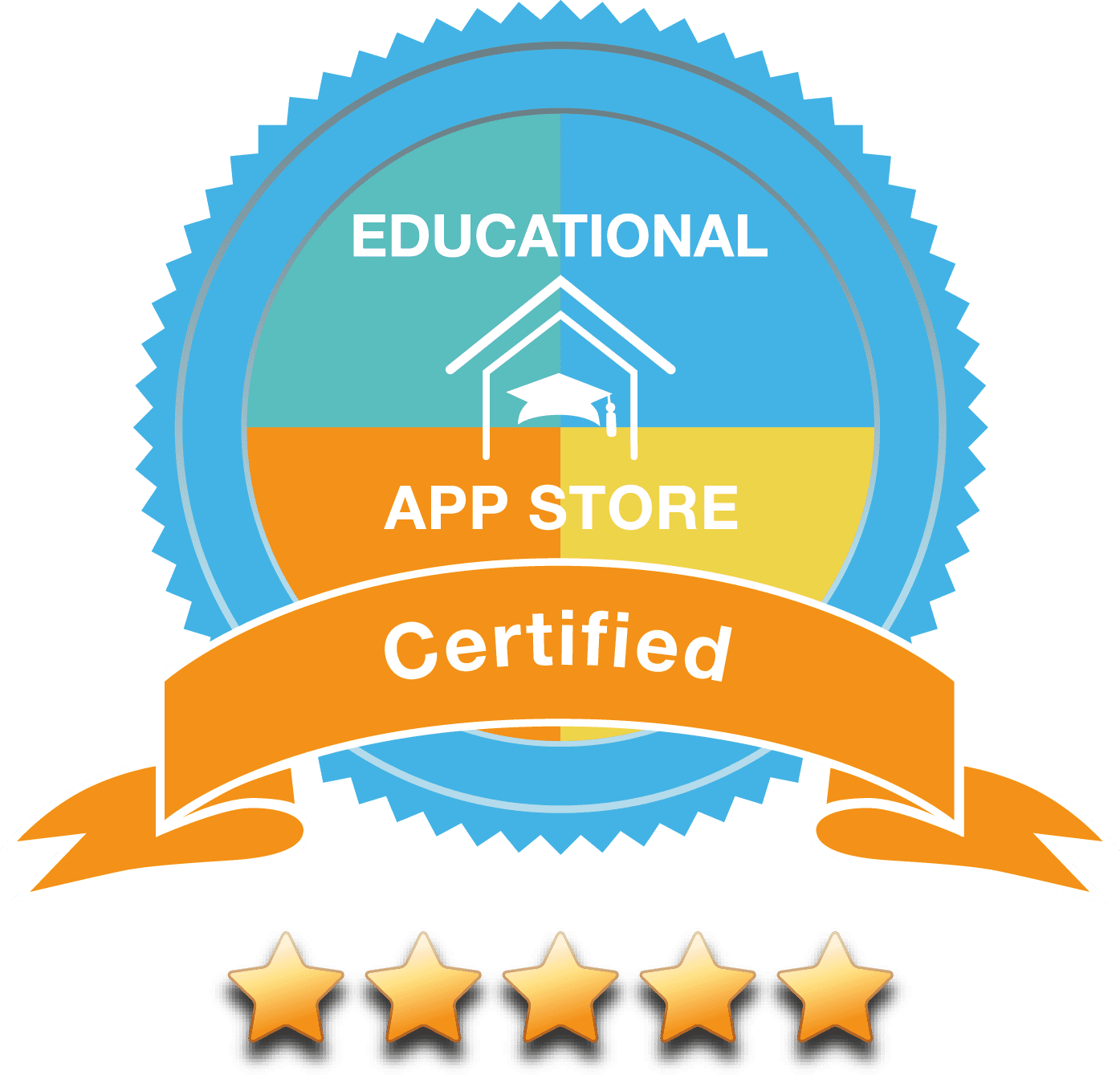8 Ideas for Improving Parent Teacher Communication

What Is Parent Teacher Communication?
The communication between parents and teachers begins at the start of the first term when new students come into the classroom. Communication between parents and teachers can often be brief such as an introduction at pick-up or drop-off, but apps such as the Skool Loop can enhance and develop this dialogue to develop communication between parents and teachers. Examples of proactive classroom communication include teachers posting regular classroom updates, classroom notices or messaging or ringing parents directly to discuss a child’s development. Active classroom communication where the parents are aware of their child’s school activities can empower parents to further support and develop their children at home.
Why Is Classroom Communication Important?
Communication between parents and teachers is the best way to evolve an involved classroom environment, keeping all members of the school community engaged and informed. Parent teacher communication keeps parents up-to-date with the activities of their individual children. Rapport is built so that parents feel more confident approaching their child’s teacher with concerns or clarification, they also can feel more connected to their child’s learning and development. For teachers, it is easier to ensure classroom notices are read, absenteeism noted, interviews booked and assistance from parents become more reciprocal when classroom communication is consistent.
8 Ideas For Improving Parent Teacher Communication
1. Communication planning, as many things in the classroom are planned out either for each term or across the school year. Including communication with the parents in a class allows for this proactivity. Whether that is including monthly classroom updates, notices or just a message from time to time, this can be integrated into your classroom plan to create an easier communication space between parents and the teacher.
2. Utilising technology can help to create more engaged communication. Many school communication apps will have instant messaging and alerts so that you can be assured the parents receive the information that has been sent out.
3. Be persistent in the early stages. Creating regular clear communication from the start of the school year allows parents the opportunity to understand the methods of communicating with teachers, explore the communication tool and be ready for further communication. If communication is not established early parents will be less likely to respond or de-prioritise the need for communicating.
4. Creating Authentic Dialogue where every parent feels valued and like their child is being noticed. When the teacher can offer more insight into each individual child’s development, this creates a space where parents feel they can approach the teacher easily and the teacher can also gain understanding or perspective from a parent through natural conversation.
5. Focus on Clear Communication. Parent teacher communication can happen in many formats, through text, phone, paper notices or email. For each, it is important for teachers to consider the relevant method of communication for the intended purpose of the communication, as well as being clear with that communication considering the tone and messaging for the targeted audience.
6. Positive initiatives. Celebrating classroom wins, students that are succeeding or positive learnings helps improve communication to make it a place where parents and students feel safe to share and explore.
7. Try to have at least one face-to-face meeting. Parents and teachers are busy, but a face-to-face interaction proves authenticity and allows teachers the opportunity to learn more about their individual students and parents. Whether this is a parent teacher interview or a brief meeting before or after class, this should be prioritised as one of the most effective ways to communicate with your student’s parents as the teacher.
8. Communicate with respect. As each child should feel respected in their classroom, each parent should too. It is important to always be respectful of culture, ethnicity, home circumstance and the individual so that parents or caretakers can feel valued and heard when communicating with a teacher or school.
Talk To Our Friendly Team!
Want to know more about Skool Loop? Our friendly support team is ready to answer any questions you may have.
Creative Website Design By Digital Refinery



